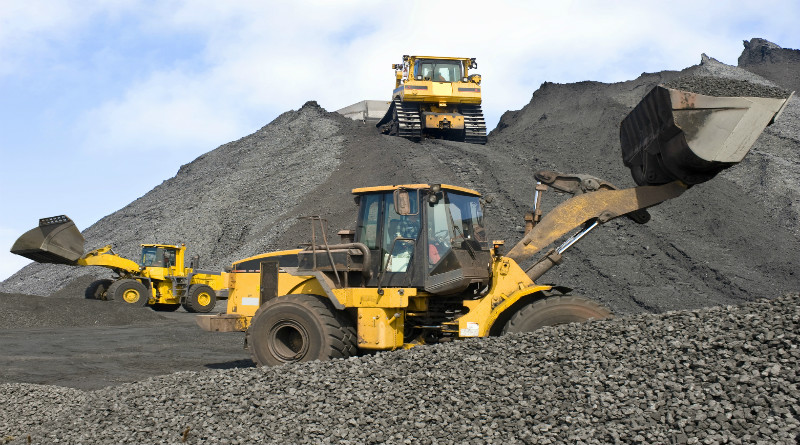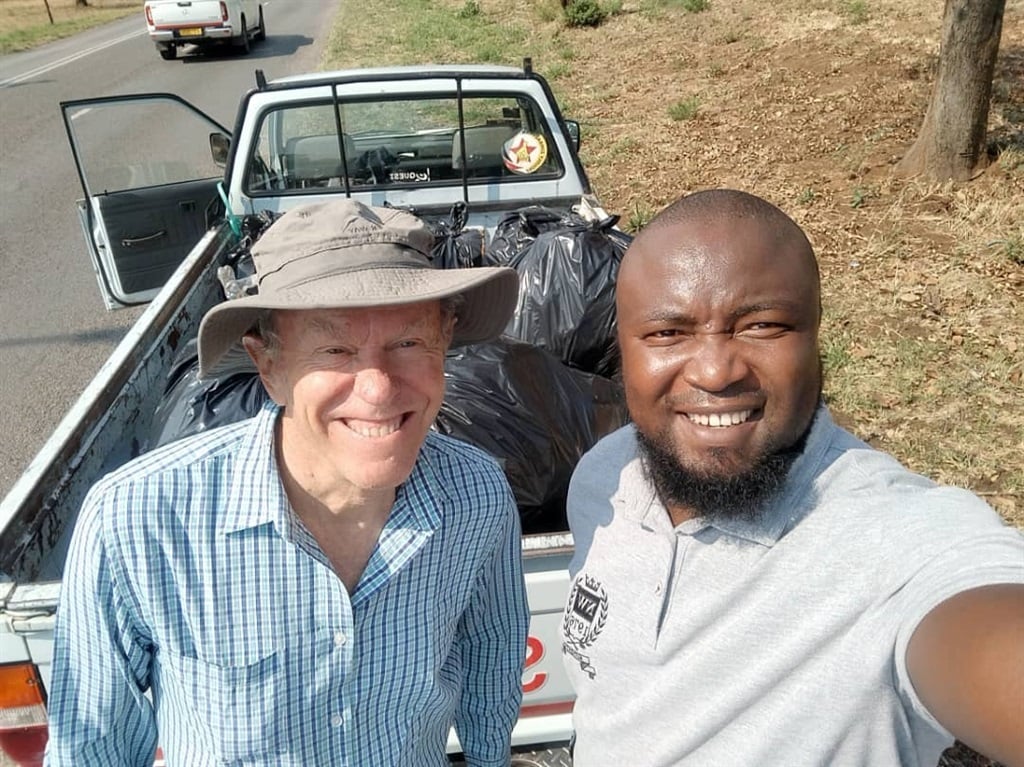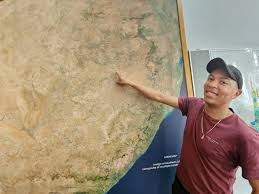Ken Giller towers over most of the people he meets. An agroecologist at Wageningen University in the Netherlands, he’s a wiry 6 feet 4 inches tall. But in the rural farming villages in Africa he visits, his height really stands out. It’s because of the villagers’ diets, he says: People are stunted because their bodies simply haven’t had enough food to grow properly.
Giller leads a network of local nonprofits, government, and universities in theN2Africa project. Working in 11 countries, including Tanzania, Rwanda, and Zimbabwe, the project gives farmers hands-on training to expand their cultivation of legumes and experiment with different techniques to make their crops more productive. Giller has worked in Africa for over two decades. He knows the farmers, their hopes and hardships.
Among thousands of small-farm households across the continent, Giller says,four out of 10 struggle to feed their families.
A key reason is that these farmers don’t have enough land and can’t afford livestock to fertilize their fields, according to Giller. They are caught in a classic poverty trap. To produce food to eat and sell, they must farm their meager plots intensively, which strips the soil of nutrients. That produces lower yields, which leaves farmers too poor to improve their land.
To help break that vicious cycle, Giller is harnessing the power of legumes. Beans, cowpea, chickpea, soybean, and others enrich the soil with life-giving nitrogen. Bacteria that live in nodules along the plant’s roots are able to transform the nitrogen in the air into the organic form plants need to grow. I caught up with him recently and asked him to explain.
This interview has been edited for clarity.
What started your love affair with legumes?
For me, it’s one of the most wonderful results of evolution. It’s incredible that bacteria learned to associate themselves with legume plants in a way that they can grow independently of mineral nitrogen, compared to all other plants and crops.
How do legumes improve the lives of farmers?
They have different amino acids and provide a range of different minerals that you don’t find in other crops. The nitrogen being captured from the air is basically put directly into protein, so they’re protein-dense foods. Peanuts and soybeans are also oil rich, so they’re very good energy sources. When farmers grow legumes in rotation with other crops, or in between their other crops, we find the maize and other cereals grow better.

Gasilida Nyirabarenzi of Musanze, Rwanda, stands among different varieties of climbing beans—including one named “Gasilida.” Added phosphorus and manure helped her plants grow to almost twice her height. Photograph by Ken Giller, Wageningen University
How do you introduce legumes and different farming practices to the farmers?
In the different communities where we work, we’re holding village field days to attract interest. We’re discussing with farmers what their needs are. We then go back and set up demonstration plots with the newer varieties [of crops] and different cultivation techniques close to schools and village centers. They’re in a very public place where they get seen by a lot of people. Sometimes we give farmers little packs of seeds and inoculant and phosphorus, just enough for a little garden plot. But it allows them to see whether they work for them.
What’s an example of different cultivation techniques?
Row planting, intercropping—mixing—or rotation. With climbing beans … putting in stakes that actually form a tripod. Often very simple things can have big impacts in terms of yields and productivity.
When you’re teaching farmers, how do you incorporate their knowledge into your work?
Their understanding of their soils and their climate can be really important. We actually look toward farmers to not only adopt what we’re suggesting, but very much to adapt it. If people are adapting things to fit their own purposes, it means they’re blending them into their own systems.
What’s an example of this kind of adaptation?
Because [many farmers] have a shortage of wooden stakes, they use maize stalks, particularly with the climbing beans. You see all sorts of different approaches like that.
How do farmers use the inoculant?
The inoculant has Rhizobium—a bacterium that helps the legumes fix nitrogen. The farmers put it in a bucket with the seed and shake the bucket. That coats the seed and carries the bacterium with it into the soil.
How do you start working in a new village?
We engage with farmers who have natural talent for leadership. They get extra training, and then work with and train others… They become these self-reinforcing groups.
Can you tell me about a favorite farmer you’ve met?
One would be a farmer in Musanze district, northern Rwanda—a lady called Mrs. Gasilida Nyirabarenzi. She was the first person in her area to try a climbing bean variety that has her name: “Gasilida.” So she’s quite famous. And she’s an important farmer, because she tends to demonstrate things to neighbors.
You also experiment with using different fertilizers. Why?
We know legumes can fix nitrogen, but they need phosphorus. Because these soils in Africa are very old soils, they’re often depleted in many different nutrients. So we’ve been working with different fertilizer companies to identify these deficiencies in different regions.

Patricie Ntamuturano and some children, whose swollen bellies suggest that they’re malnourished. Photograph by Ken Giller, Wageningen University
Besides fertilizer and other cultivation techniques, what else does a farmer have to think about?
One thing we don’t take seriously enough in our agricultural research is that poor people face multiple challenges: how to feed themselves, how to clothe their children, and how to earn money on a day-to-day basis. They might be collecting firewood to sell, they might be collecting mushrooms in the forest to market, they might be doing a whole range of different jobs. That impacts their ability to spend time on the farm. Often, the competition of those activities means they can’t plant on time, because they’re too busy working for somebody else.
One of N2Africa’s goals is to level the playing field regarding gender. Are you making progress?
We’re often working with women’s groups and NGOs that specialize in women. We found that if we really target our extension to women, we get direct impacts on consumption at the household level. If we do the same with men, we often get an increase in productivity, but that doesn’t translate into a change in diet. The men are more interested in selling, and the women are more interested in using and consuming.
Really? Why is that?
A lot of the emphasis for women is making sure they’ve got food on the table. But the men are often working away from the household on other jobs, as well as working on the farm. Then, when it comes to the sale of the produce, the men are often taking charge of the money.
So do you try to offer more training to women than men?
No, because if we want to have a gender-sensitive program, we’ve got to work with both men and women. It’s often easier to reach women that way, because then the men aren’t suspicious of being left out of the group.What we want is to help the farm earn more money so that it can flow back into the household and pay for things like school fees. An increase in [crop] production isn’t just for consumption. When it comes down to it, there are only so many beans you can eat in a week, yeah?
Right. Now, what about the future? You mentioned the need to increase the land per farmer, so that they have enough to live on.
Which means that we need alternatives for other people [who no longer farm]. And that’s what’s happened in every other nation around the world. In the Netherlands, they went from having 50 to 60 percent of people involved in agriculture to 2 percent, just since World War II. In 60 to 70 years, you get massive change.
Do you think a similar story could unfold in Africa?
I think it has to. I don’t see any other option, because we can’t carry on subdividing land into smaller and smaller units. They’re just no longer viable.
Do farmers talk about how not having enough land might affect them or their children?
Yes, they talk about the need to find work for their children. The aspirations of households are often that their children be educated, so that they can become teachers, nurses, or doctors. That way they can live and work in the cities instead of the rural areas. People are very much looking for a better life for their children.
Finally, do you have any favorite stories from the field?
One from western Kenya: We were in the field, and a lady found it hard to believe that legumes could have such vigorous growth on her land, producing a beautiful green biomass. She said, “I think you’ve been cheating on me!” We said, “Sorry? What do you mean?” She said, “When I grow maize, it’s always yellow—it always looks starved. I think someone is coming in and puttingfertilizer on these plants at night. They’re growing so well in these poor soils!” That’s the power of nitrogen fixation in legumes!
Alison F. Takemura is a science journalist. Follow her on Twitter.







